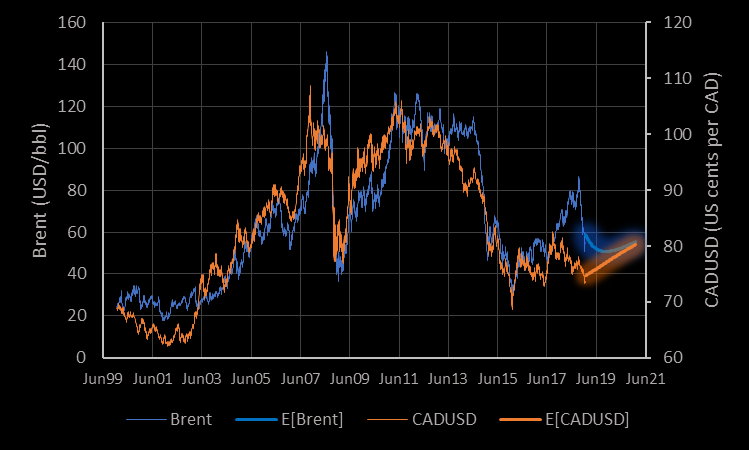What's Been the Correlation of 5Y and 10Y Treasury Yields? It Depends on the Observation Frequency.
- Doug Huggins

- Dec 12, 2018
- 1 min read
In my last note, I discussed the way the interaction between two variables that follow a bivariate Ornstein-Uhlenbeck process can cause their correlation to depend on the observation frequency.
It’s an interesting idea, but are we likely to see these dynamics in common financial data? Well… consider the case of 5Y and 10Y benchmark US Treasury yields, shown since January 1962 in the graph below.

The two series are clearly highly correlated. In fact, the correlation of the daily changes in the two series since January 1962 is 0.89. And as it happens, the empirical correlation coefficient does increase as the time between successive observations increases, as shown in the next graph.

In fact, this graph looks a lot like the first graph shown in my previous post, consistent with the existence of attractive forces between the two yields over time.
Of course, the fact that the empirical correlation coefficient between these two series depends on the frequency of observations doesn’t prove that these series have attracted one another over time. It’s also possible that these series contain the sort of high-frequency noise that I also mentioned in my last post.
In this case, the next step would be to estimate the parameters of the bivariate Ornstein-Uhlenbeck process for these two series and see whether the off-diagonal elements of the transition matrix have assumed non-zero values over time. And in fact, that will be the subject of my next post…
-Doug Huggins



Comments